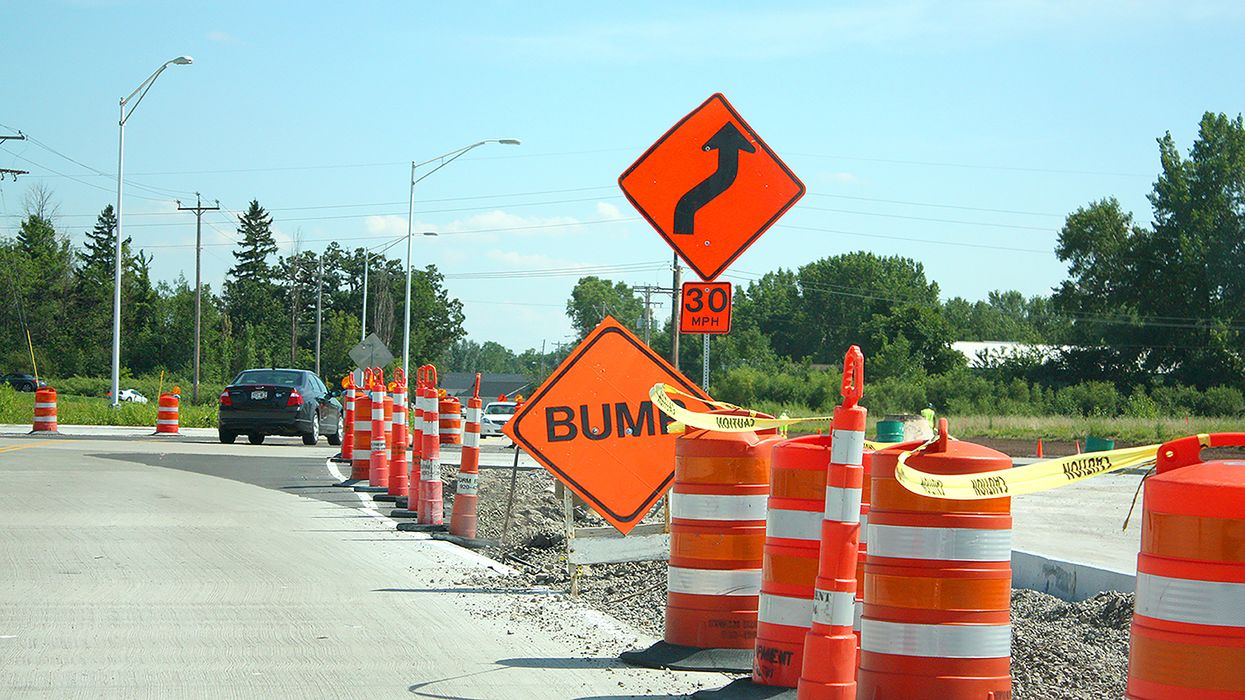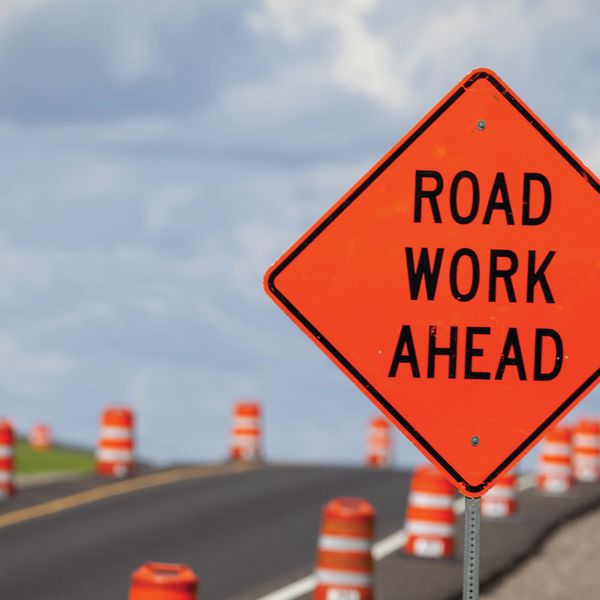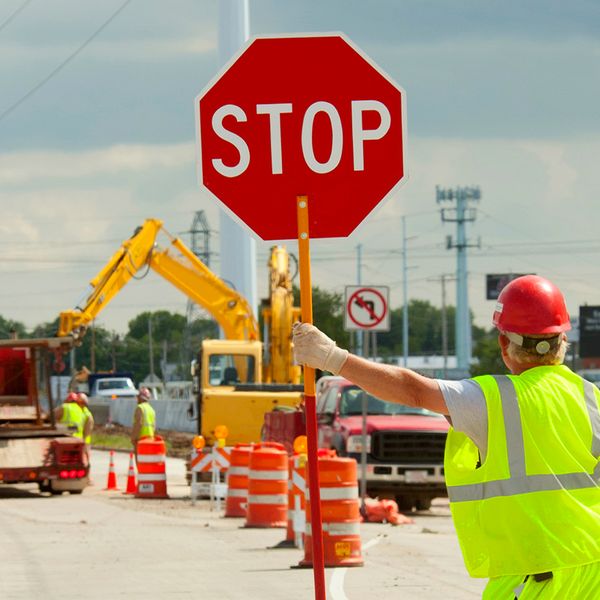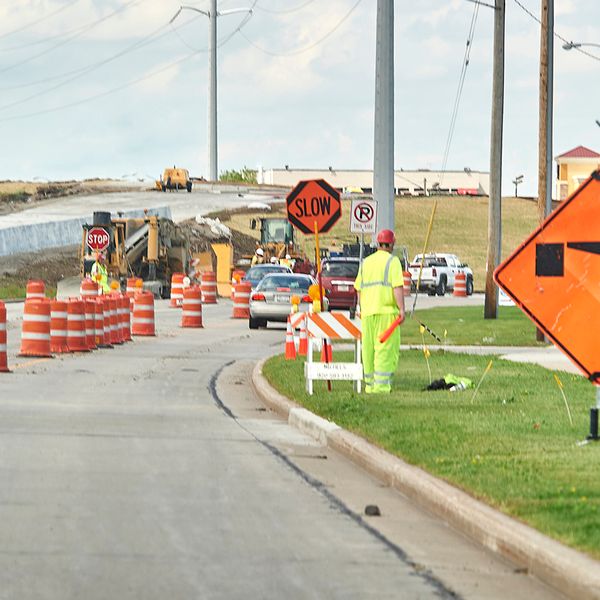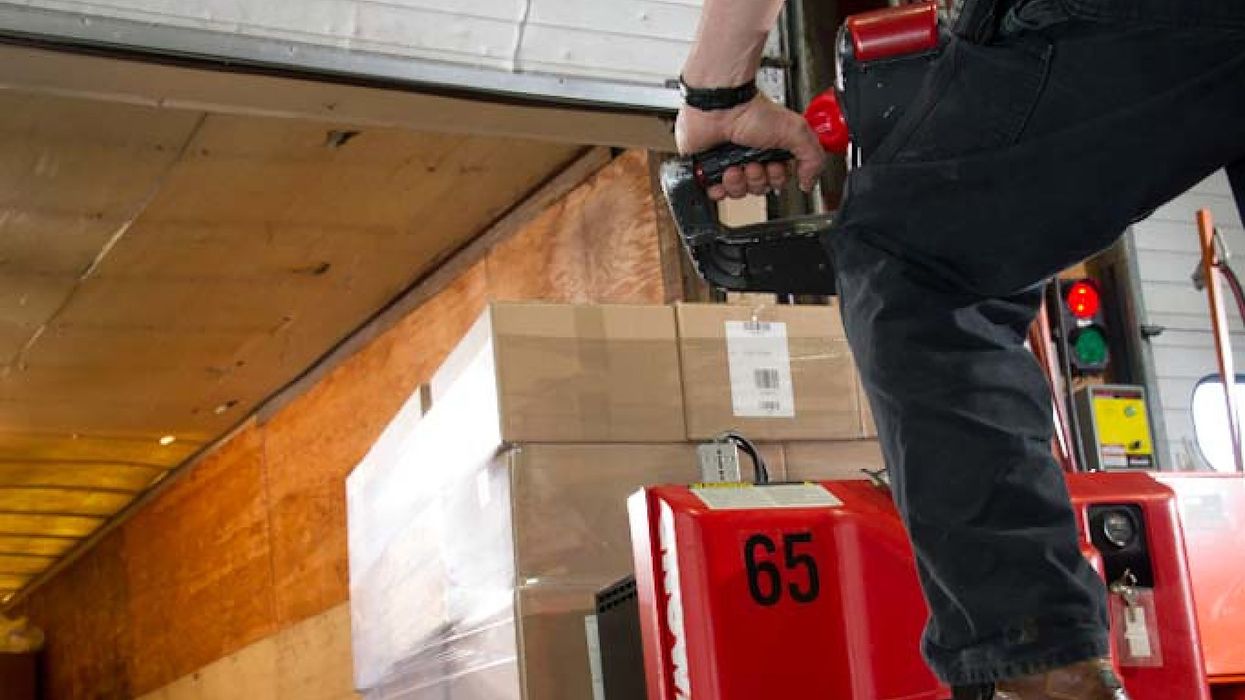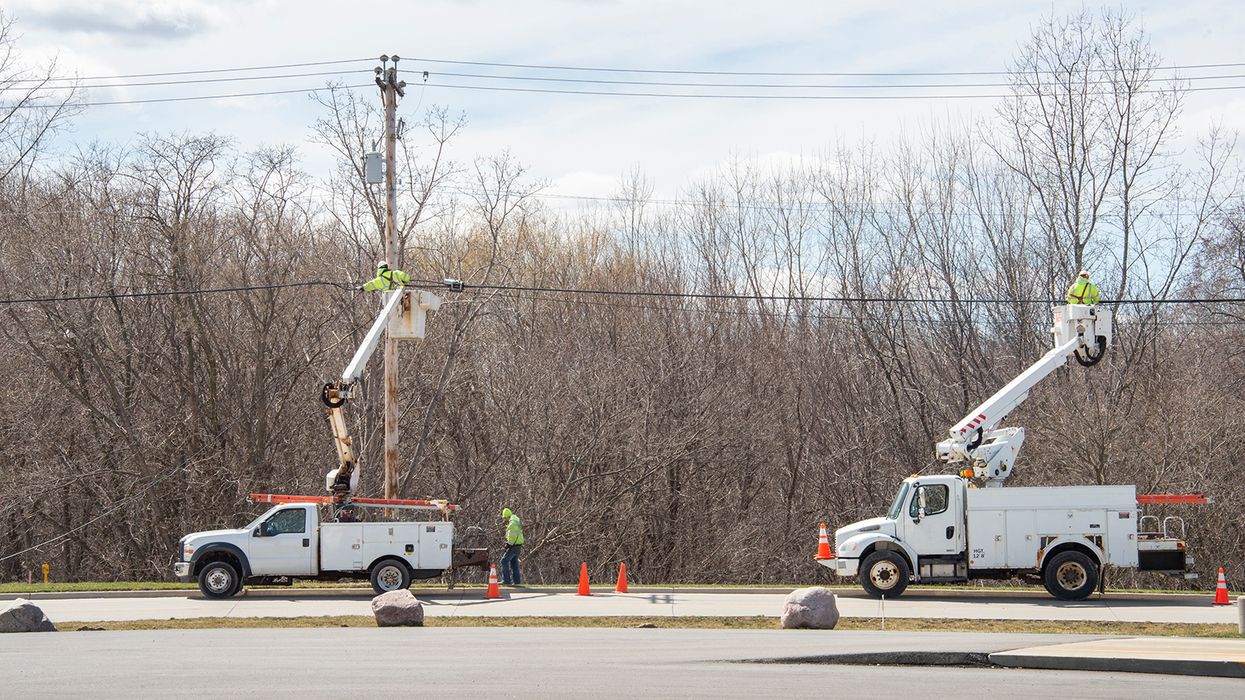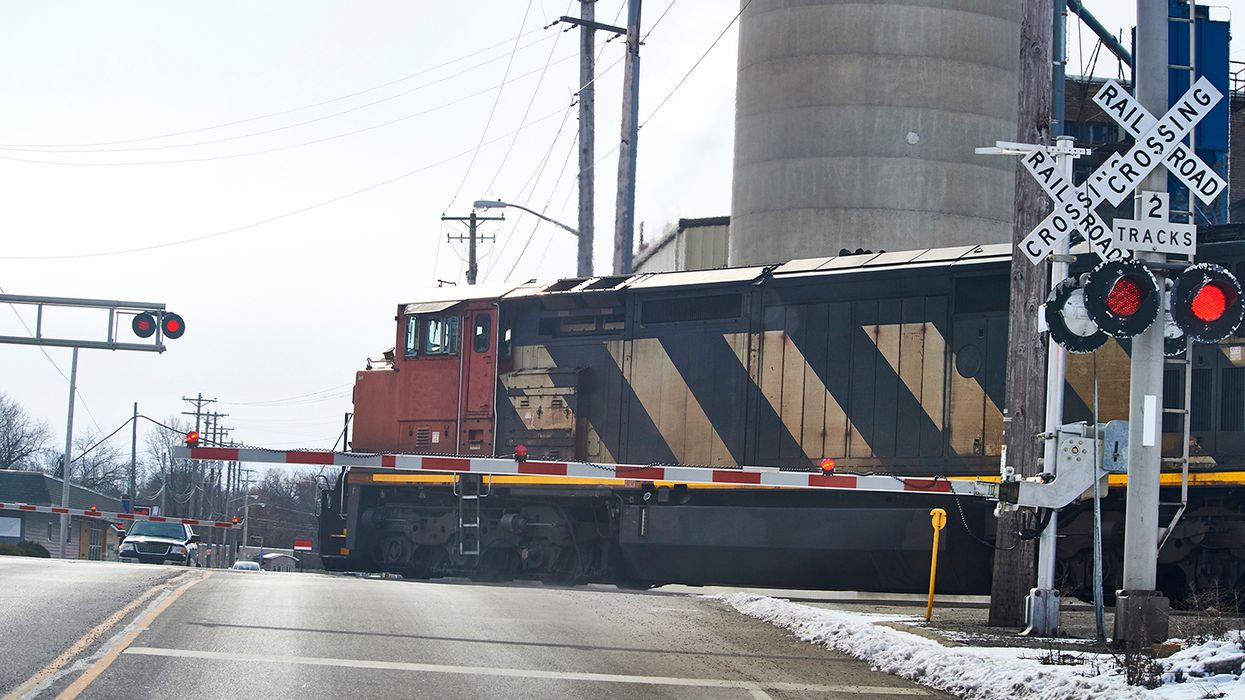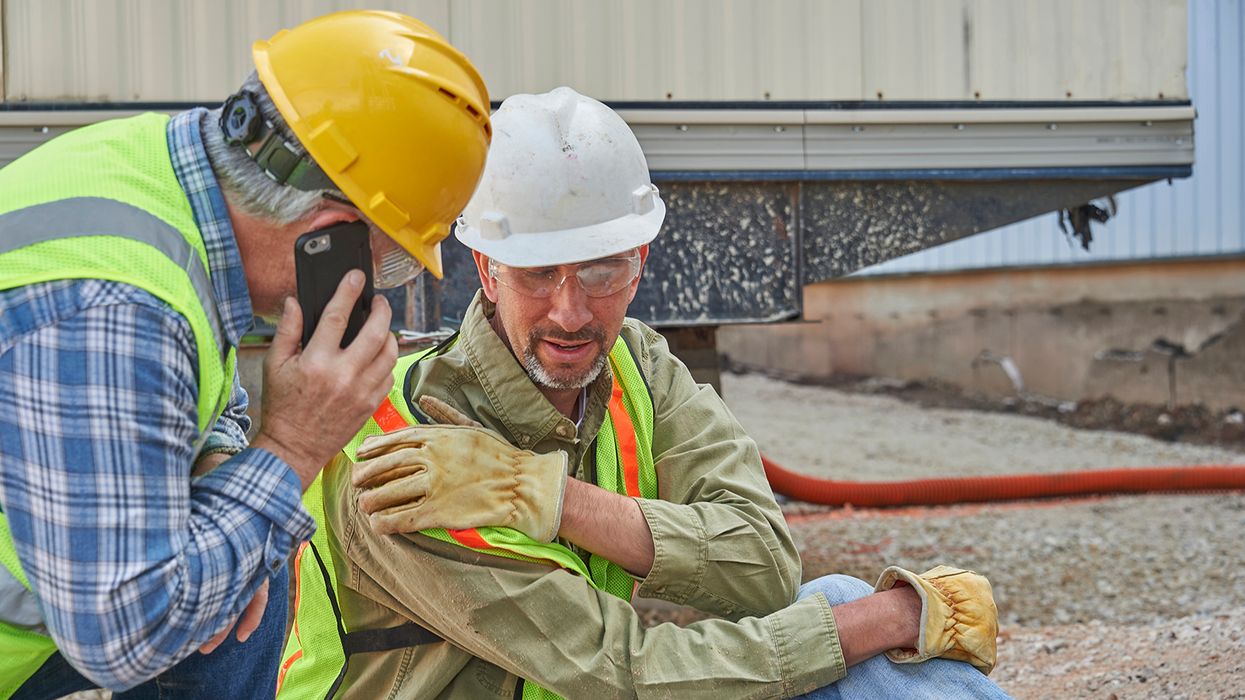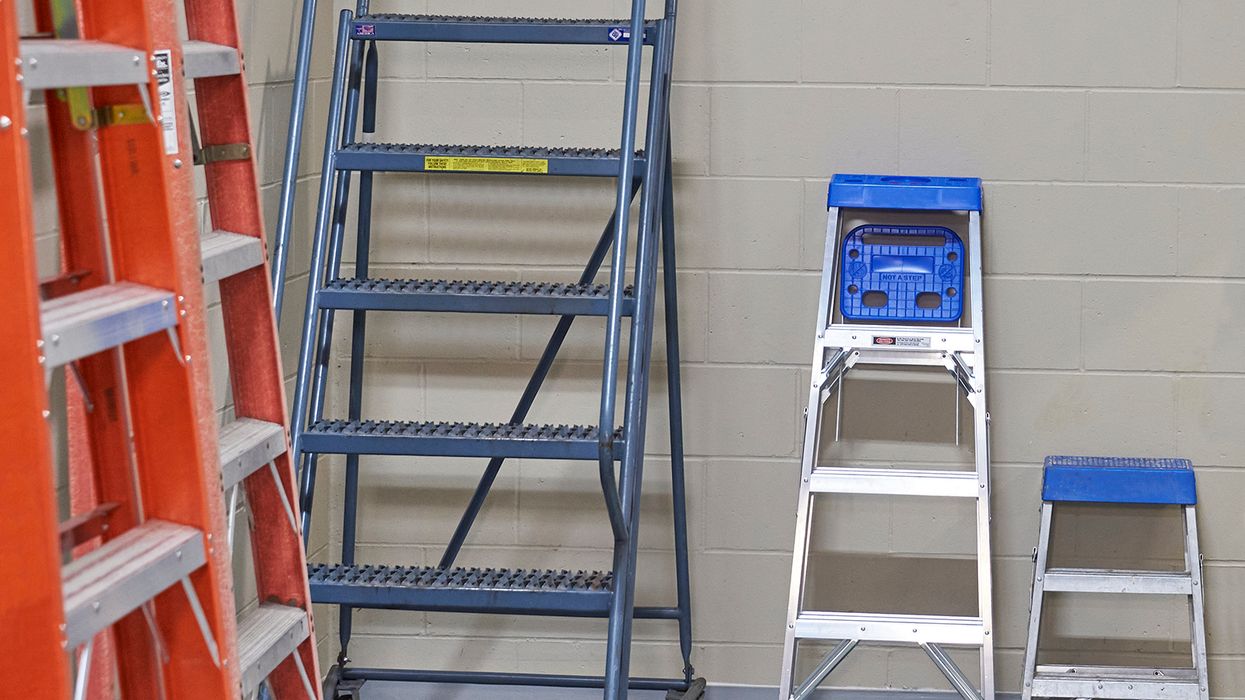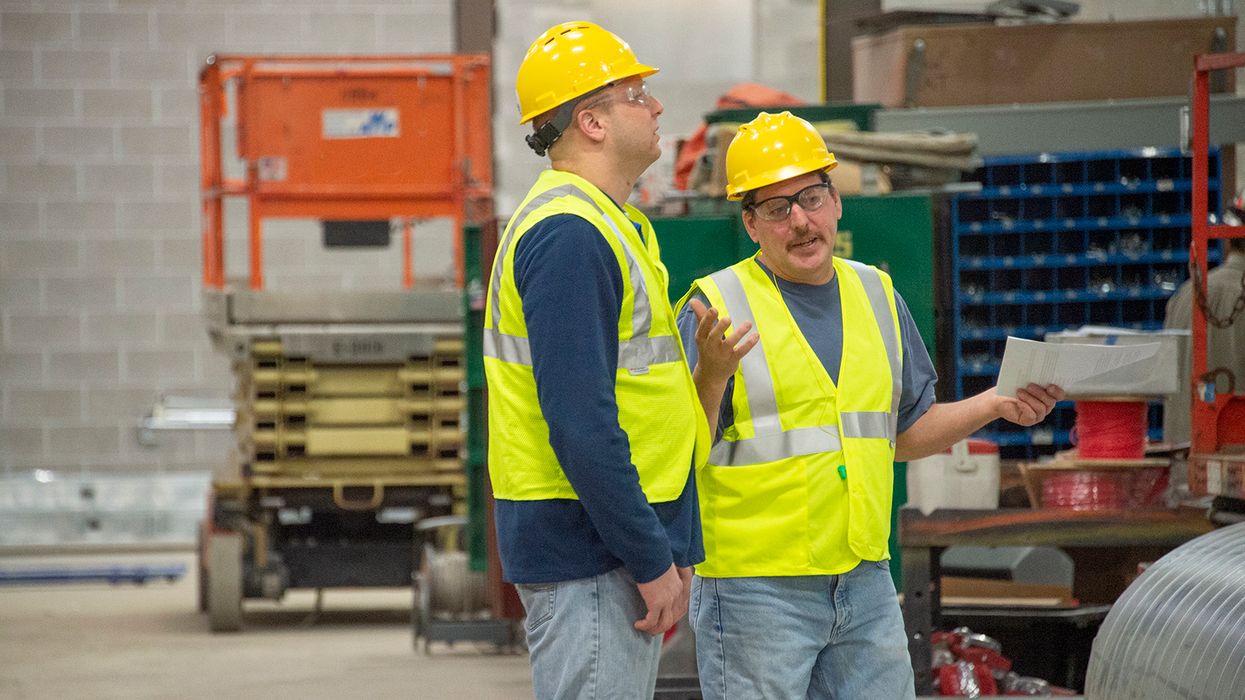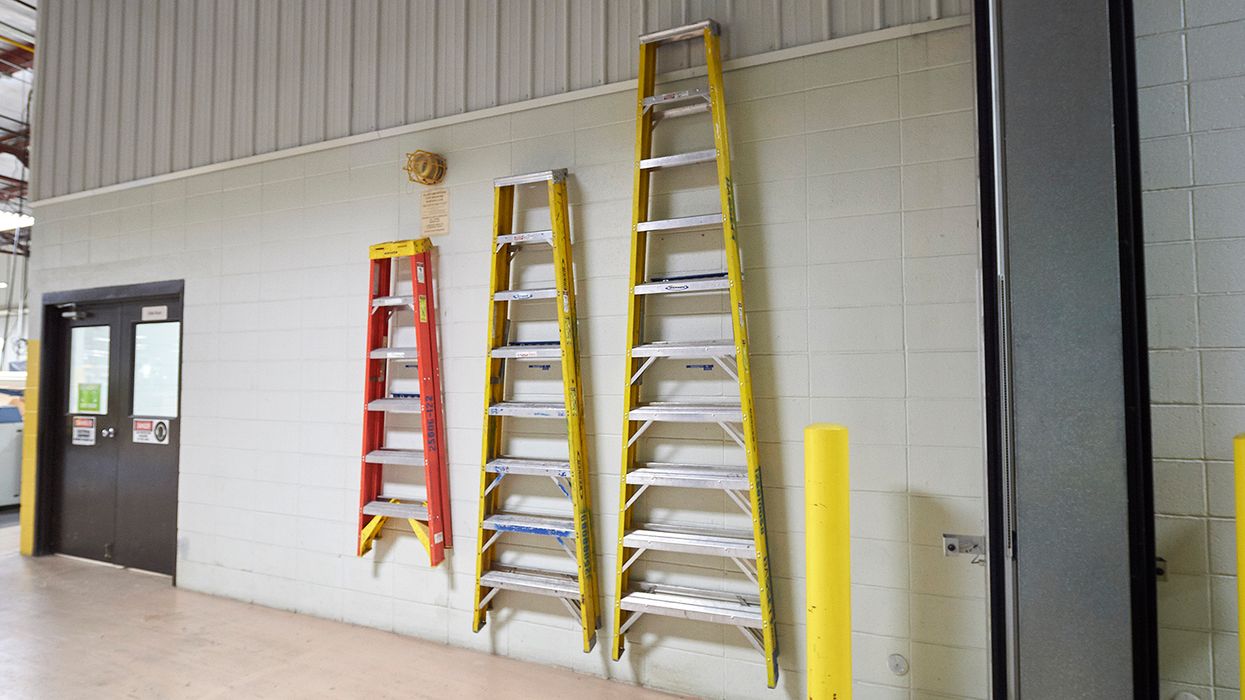Are lane splitters putting your road workers at risk?
When a motorcycle passes between lanes of slow-moving or stopped traffic, it’s called lane splitting. Two-wheeled motorists use lane splitting to avoid being trapped in slow-moving traffic. Though legal in some states, it can cause serious safety concerns for road workers.
Lane splitting is different from, but every bit as dangerous as, riding the shoulder of the road around traffic (called shoulder surfing) or passing between vehicles waiting for a stop light (referred to as lane filtering). Laws governing lane splitting differ by state, with 29 states prohibiting the practice. Another 12 states neither prohibit nor define laws allowing lane splitting. Because of this, road workers must be extra vigilant.
The great safety debate
For years there’s been a debate about whether lane splitting increases road safety by clearing congested traffic or if it’s unsafe by placing riders at risk. Navigating between traffic lanes while remaining alert to other drivers requires great skill and concentration. Although there’s support from many who believe lane splitting improves traffic flow, studies have shown that up to 11 percent more accidents occur while motorcyclists are splitting lanes than when choosing to stay in their lane.
However, some studies make a case for lane splitting. Between June 2012 and August 2013, the University of California, Berkley reviewed approximately 6,000 motorcycle collisions, 997 of which the motorcyclists were lane splitting when impact was made. The study concluded that lane splitting is safe when done in traffic moving at speeds less than 50 miles per hour and when the riders are passing by at no more than 15 miles per hour.
| Interested in learning more about keeping road construction workers safe? View more in our “Five tips for protecting employees in construction work zones” article. |
But what about road workers?
The Bureau of Labor Statistics (BLS) reported that fatal injuries to road construction workers averaged 123 per year from 2003 to 2020. Workers being struck by vehicles was the most prevalent hazard, especially when performing work along busy highways. Road work zones are inherently hazardous, with barricades, lane changes, uneven surfaces, potholes, and poor weather conditions. Lane splitting only adds to these hazards.
Though not typically permitted in work zones, some motorcyclists may be tempted to split lanes to alleviate congestion, avoid overheating, or make progress on their travels. Lane splitting can be alarming for vehicle drivers. Unexpected lane splitting can cause a driver to become distracted and lose focus on the road, placing flaggers and other workers at risk of being hit. Startled drivers also have the potential to jerk the wheel and then overcorrect, which can have disastrous consequences for road workers in their path. Lane splitting can also be dangerous to motorcyclists who initially have a wide enough gap for the maneuver but find themselves “pinched” out of options when lanes merge.
With heavy equipment entering and exiting the roadway, lane-splitting motorcyclists may not have the time or space to react if flanked by vehicles. Conversely, heavy equipment operators may not readily see motorcyclists who are lane splitting, even if they’re wearing bright garments. And a struck motorcycle could potentially be pushed beyond barricades and well into the work zone, resulting in even more injuries.
To protect road workers from incidents related to lane splitting, employers must:
- Understand and ensure compliance with all work zone safety regulations;
- Implement an internal traffic control plan (ITCP) to address the chain of command, work zone layout, traffic and speed control, emergency response plans, etc.;
- Ensure work zone layouts don’t place workers in the line of fire of traffic or other hazards;
- Provide extensive training for equipment operators, workers, and flaggers that includes practices like lane splitting; and
- Require high-visibility clothing to be worn when entering, exiting, or working within the work zone (Such clothing must be maintained so the color isn’t faded, reflective properties are still visible, and clothing isn’t covered with mud, oil, or other debris. High-visibility clothing shouldn’t be limited to vests. Consider gloves, hats, and other articles.).
Keys to remember
While lane splitting can provide benefits such as reducing traffic congestion, it also poses risks to road workers. Employers and road workers must collaborate through planning and training to minimize all work zone hazards, including those presented by lane splitting.

